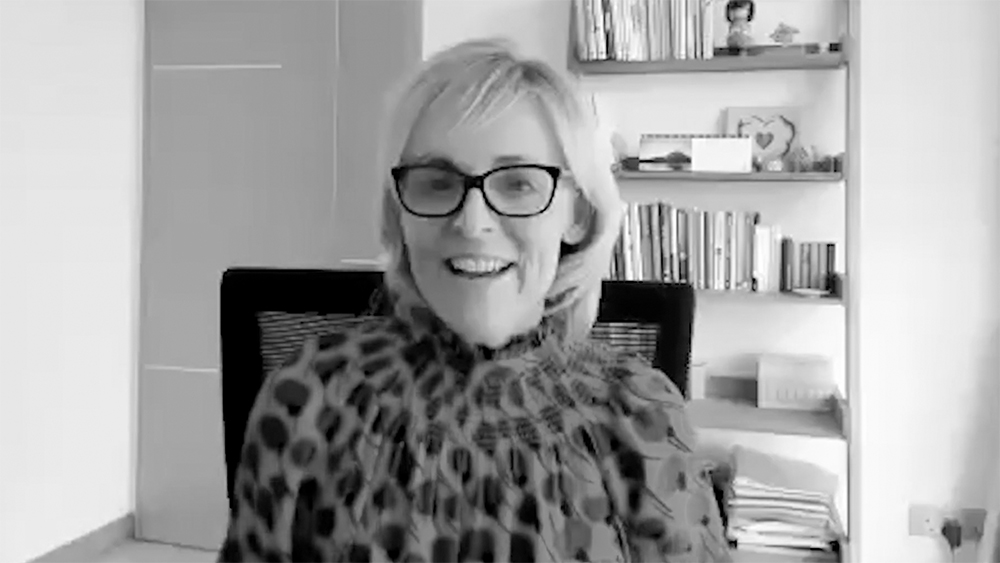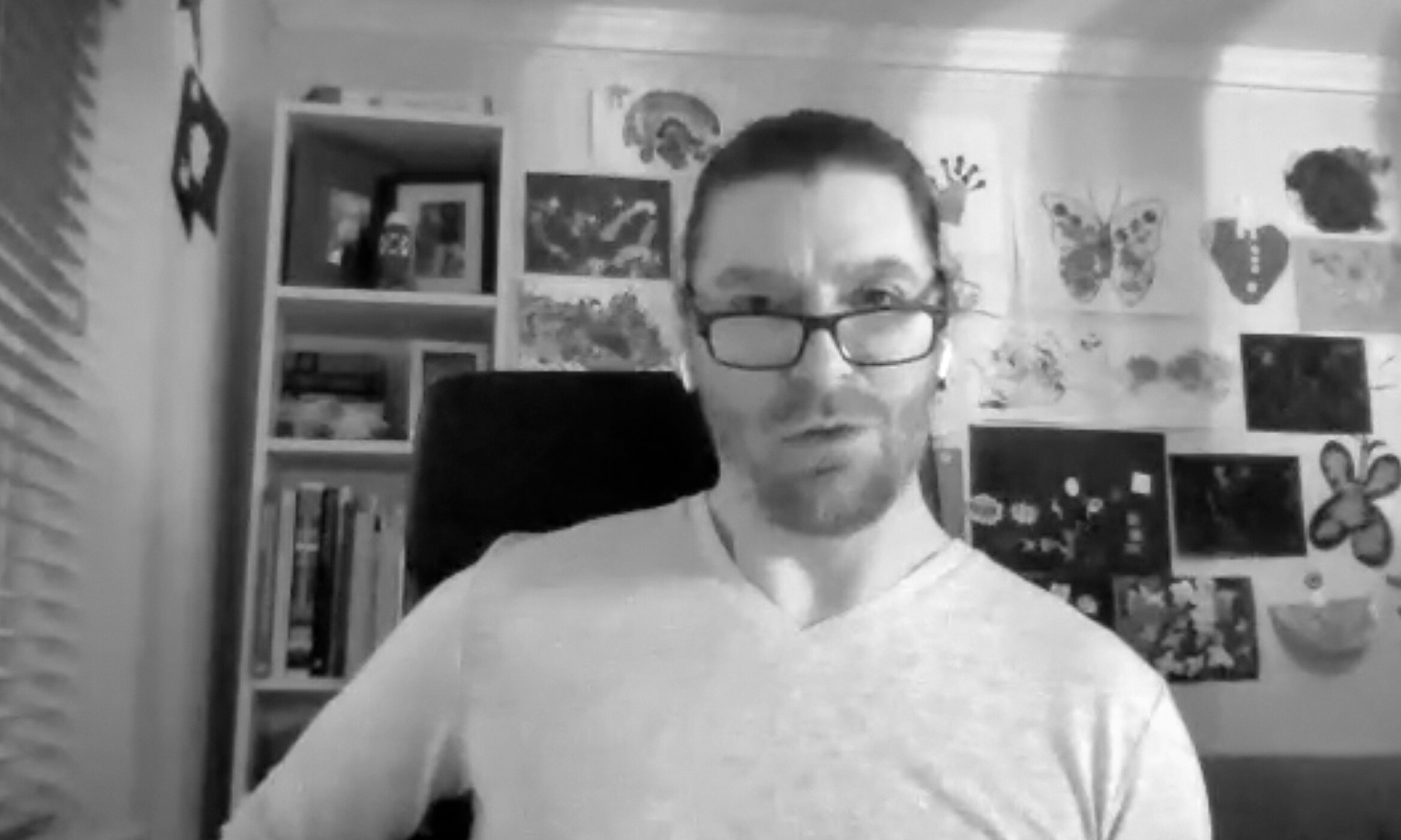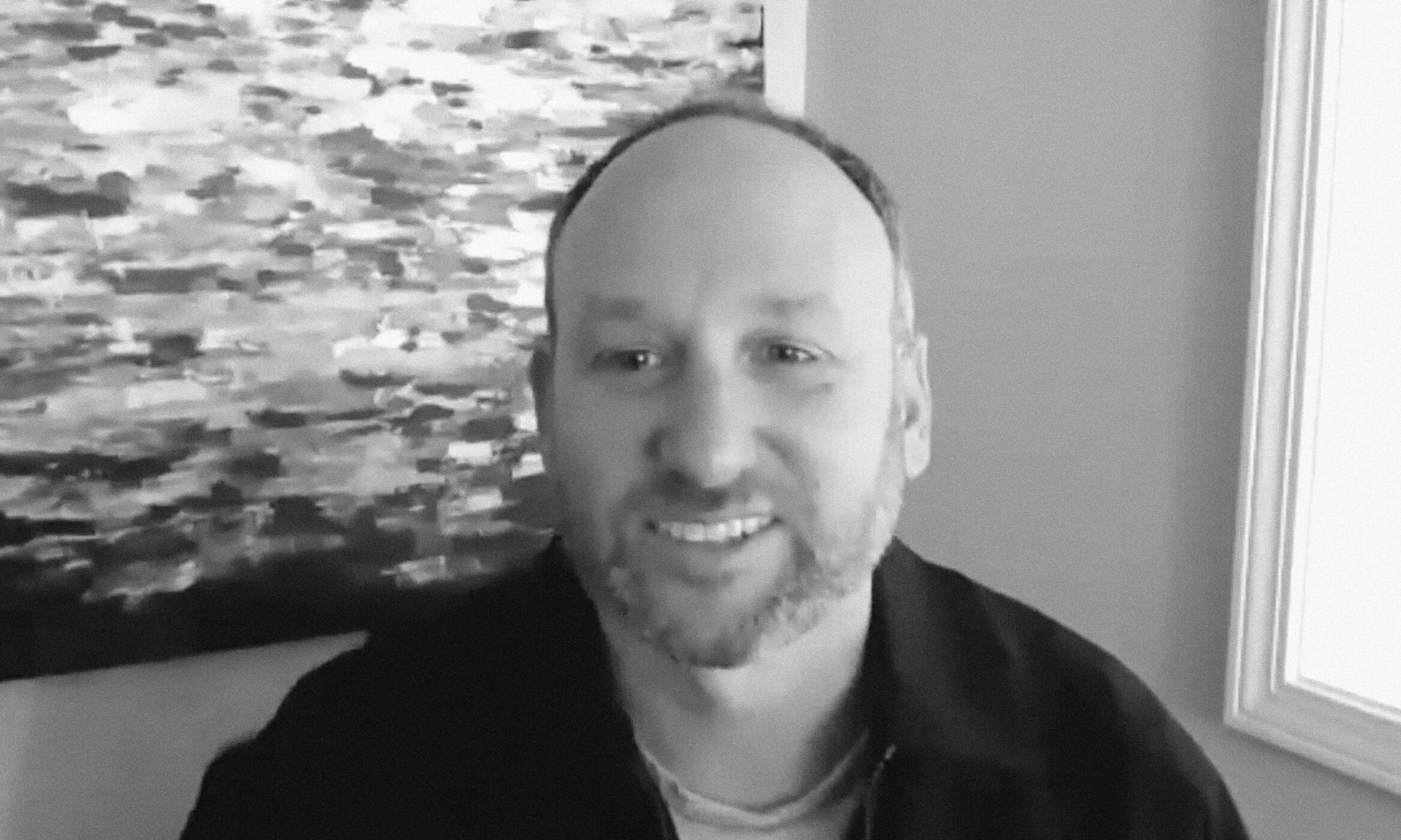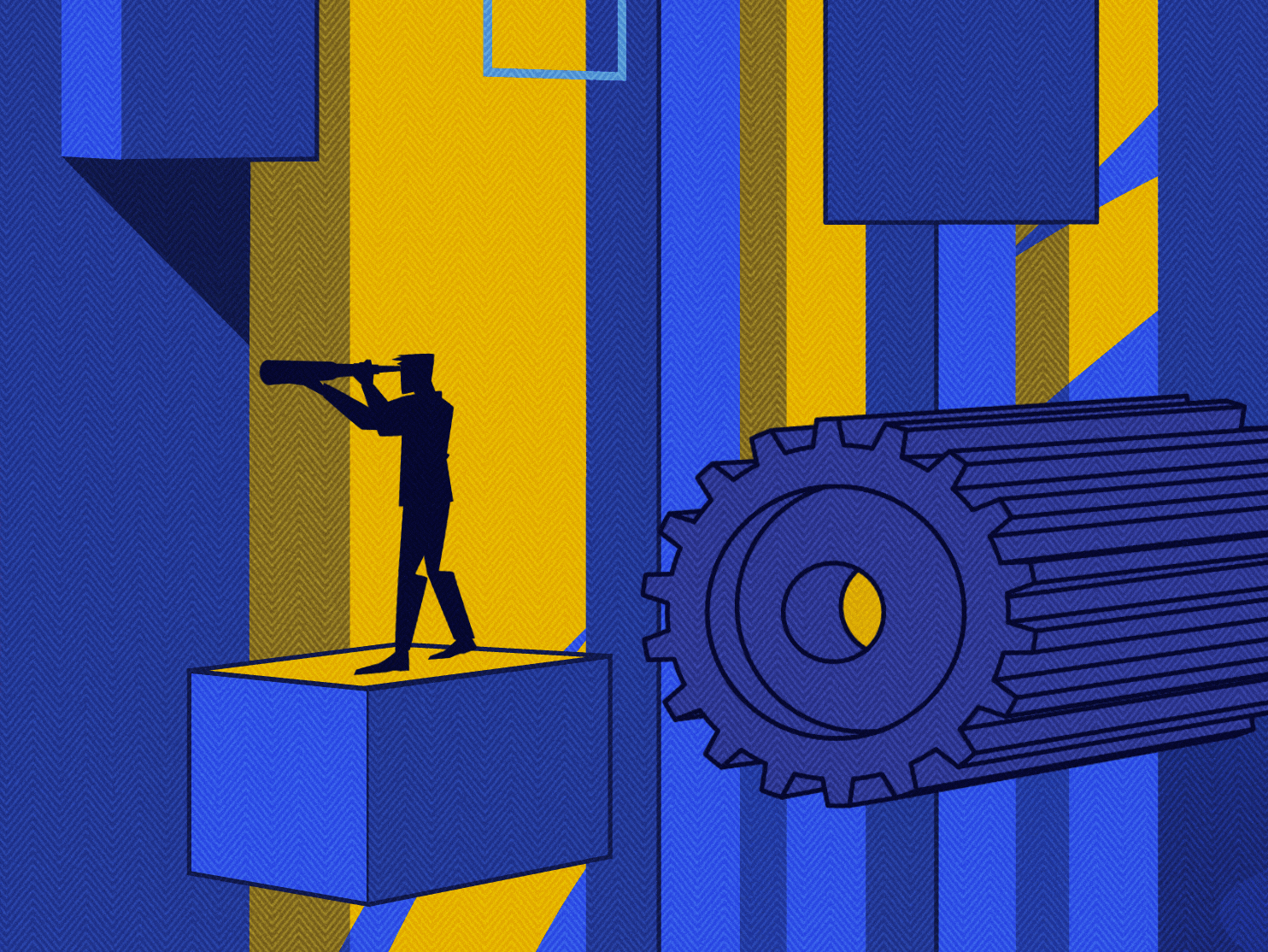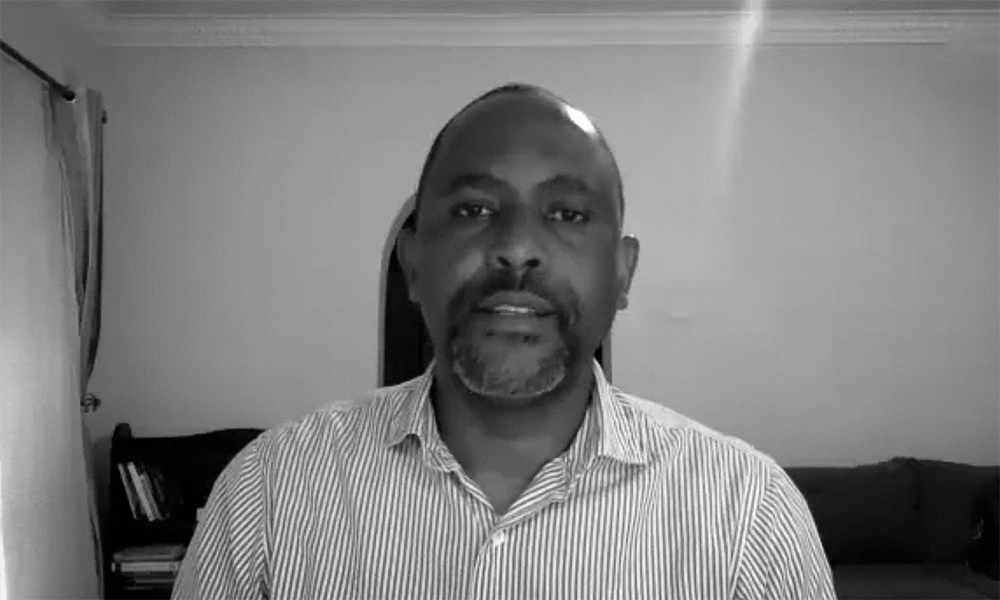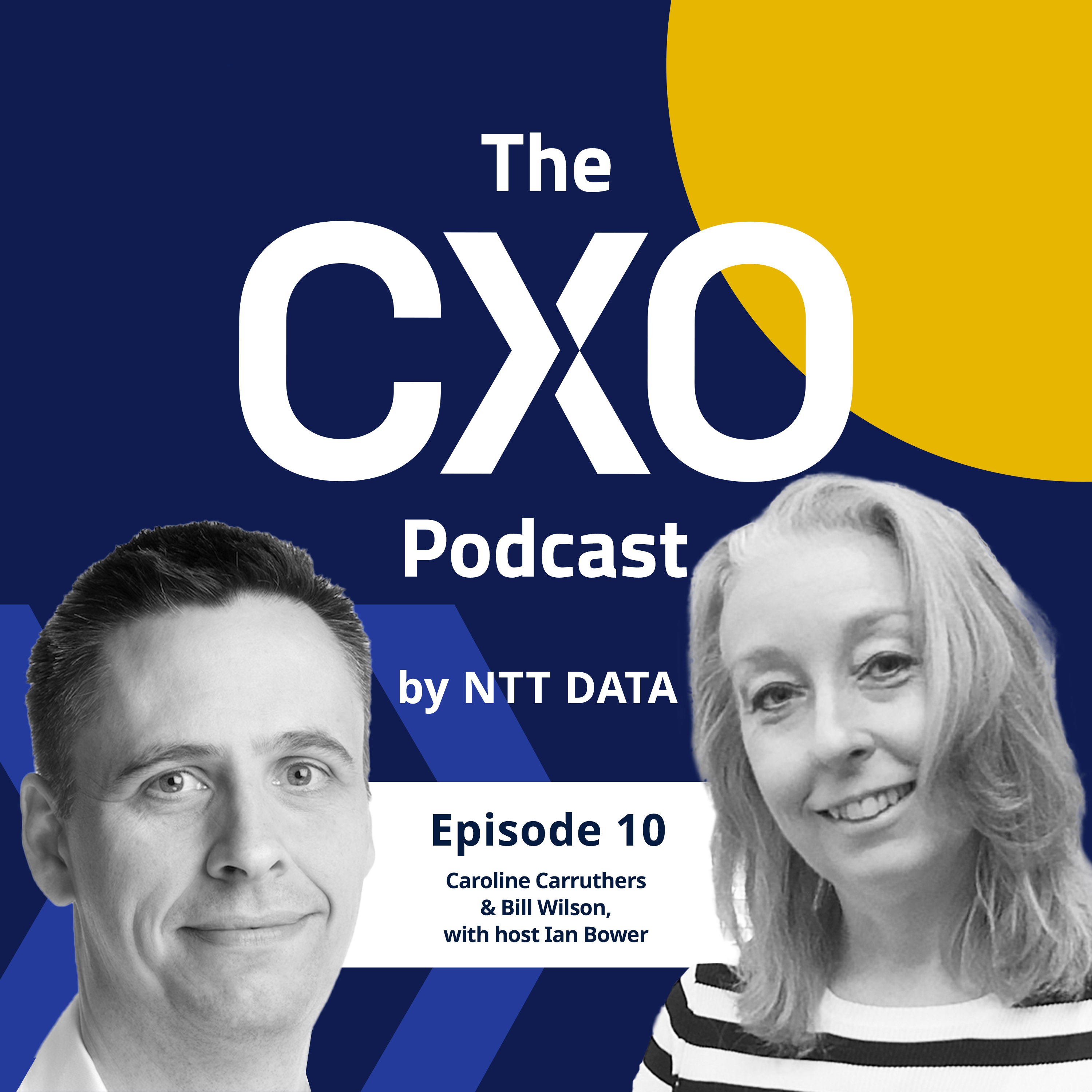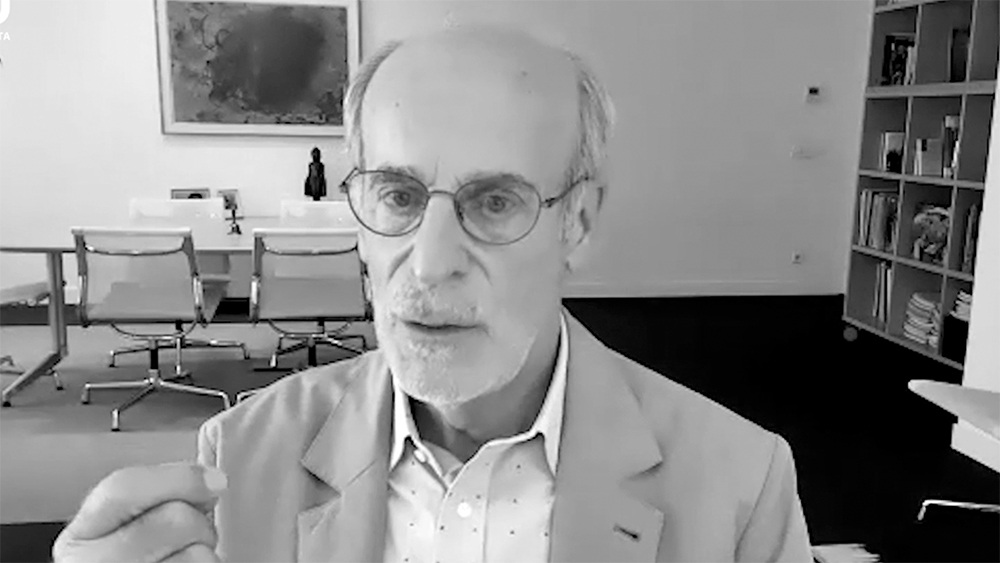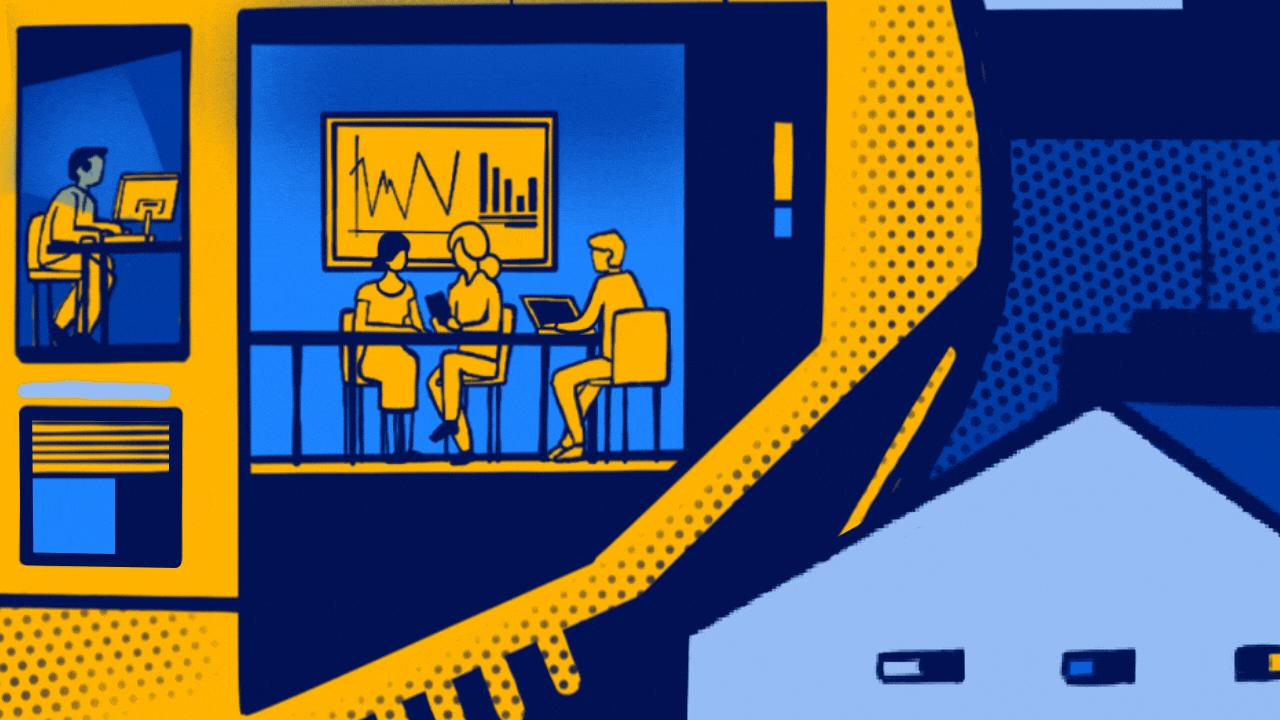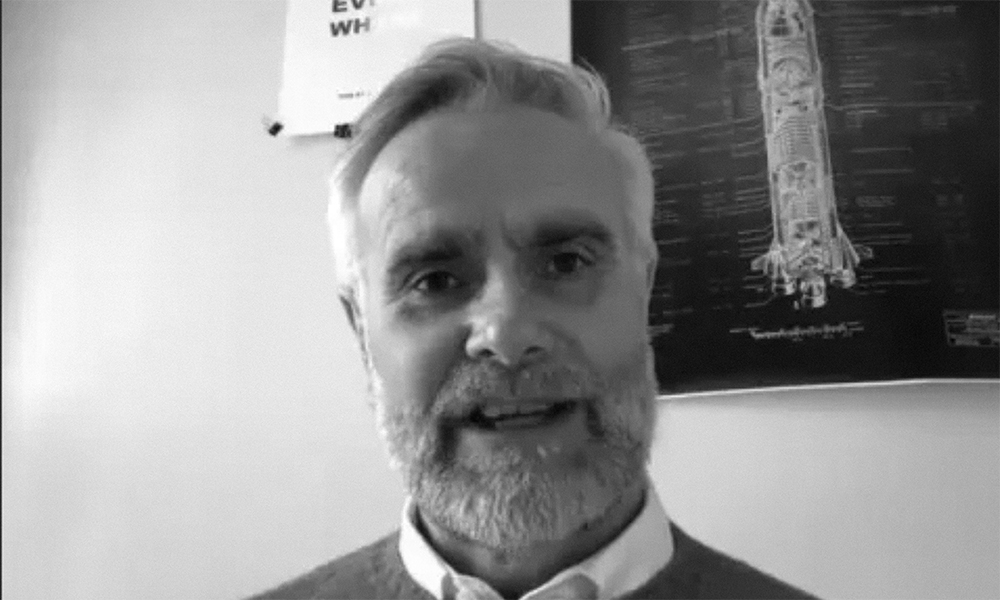
There has never been a time where the way we do, and think about, work is changing more than it is right now. The vast experience of working from home – or somewhere other than their previously traditional workplace – has changed how individuals and society see work forever.
While I don’t know you, I’ve worked with hundreds of leaders around the world in your role and with the responsibilities you shoulder. I’ve heard their concerns and challenges in our increasingly unsettling post-pandemic world of work. Let me share with you a perspective that you can use to your personal, professional and organizational advantage during all this change and uncertainty. Here it is, in short: Now is a moment that matters.
How you respond and lead through this time will shape your organization and team, your relationships with those you lead, and even your legacy.
Often during seismic change, we don’t have the perspective we need; or we view the change as temporary rather than systemic. How you respond and lead through this time will shape your organization and team, your relationships with those you lead, and even your legacy.
Why now
Perhaps you have made your decision about where and when people will work. That is a fine starting point, but that is far from the finish line. The bigger questions are:
- How is that decision working (both for the organizational results and those doing the work)?
- Do you think you are done thinking about this (and is your team done)?
Technological advances and other factors had been slowly pushing us to a more flexible arrangement and location for work for the past 20 years. Then, with the advent of a virus, we pushed the accelerator of that change to the floorboard, and in an historical blink of the eye the world of work as we knew it changed forever.
To think that we can deny all of that working experience (both the positive and the challenging parts), and just move back to the “good ol’ days” is both dangerous and misinformed. Why wouldn’t we want to take what we have learned over the last two or so years and apply it to how we do work and lead our organizations?
Why it is hard
Even if you agree with what you just read, I know it is hard to think about the change as being this big and this important. There are several reasons why it is hard:
- You know how to play the old game. You grew up in a world of work where you learned the rules and played it well – that is how you became a highly placed leader. It is hard to let go of the old rules (especially when you aren’t sure you need to) and decide to learn from a new playbook.
You grew up in a world of work where you learned the rules and played it well. It is hard to let go of the old rules (especially when you aren’t sure you need to) and decide to learn from a new playbook.
- You get to make the rules. As a senior leader you may feel you get to make the rules now – you’ve earned that right – and so why not work and lead the way we always did and you are most comfortable?
- You idealize the “good ol’ days.” Trust me, based on our conversations with leaders for the last 20 years, the way we were doing work before Covid wasn’t perfect. The further removed from the past we are, the more we think we liked it. This thinking is tempting, but false.
- Denial seems easier. In times of massive change, it seems easier to try to weather the storm, assuming the world will return to the past state. You know that isn’t going to happen.
Making this a moment that matters
If you want to use this time as a leverage point for the future of your organization, there are several things to think about:
- Think pilot not policy. Remember that policies should have expiration dates, especially in times of rapid change and upheaval. Whatever decisions you made about return-to-office, hybrid teams, flexible work schedules and more, are best seen as tests. Keep trying and keep learning.
In times of massive change, the learning is coming too quickly to look at what someone else is doing and assume their approach will solve your challenges. Your best next steps will mostly be found internally, with the help of your team.
- Include the team. In times of massive change, looking for best practices is shortsighted. The learning is coming too quickly to look at what someone else is doing (whose situation is necessarily different), and assume their approach will solve your challenges. Your best next steps will mostly be found internally, with the help of your team. You do not need to have all the answers, nor should you assume that is your role. Engage people throughout the organization to share their experience and perspective about how your organization will best succeed.
- Apply the right criteria. What are the right criteria to determine when, where and how work will be accomplished? They must be defined by looking at the needs of the work, your team members, your customers, and your culture. Maybe that means being in the office most of the time; maybe that means selling your offices. The right decision for you depends on your unique situation. (Be mindful though that these criteria don’t include your personal wishes, goals or preferences: keep the focus on the criteria above – that is your job.)
- Think team design and culture. What will your teams look like in the future? And what do you (meaning everyone, not just you or the senior leadership team) want the culture to be? In our upcoming book, The Long-Distance Team, we encourage you to consider your team design and culture with the three pillars of communication, collaboration, and cohesion – regardless of where and when people will be working.
The big idea
If you think about all you just read, here is the bottom line – we are living in a time of unprecedented change in how we view and will do work in the future, as a society. How we navigate that as leaders has massive implications for our short- and long-term organizational success, and our ability to retain the great talent to reach those goals.
Our role as leaders in this time is to look outside ourselves: to consider the needs and experiences of our teams, customers and communities. When we do that, we will serve everyone – including ourselves – far better.


